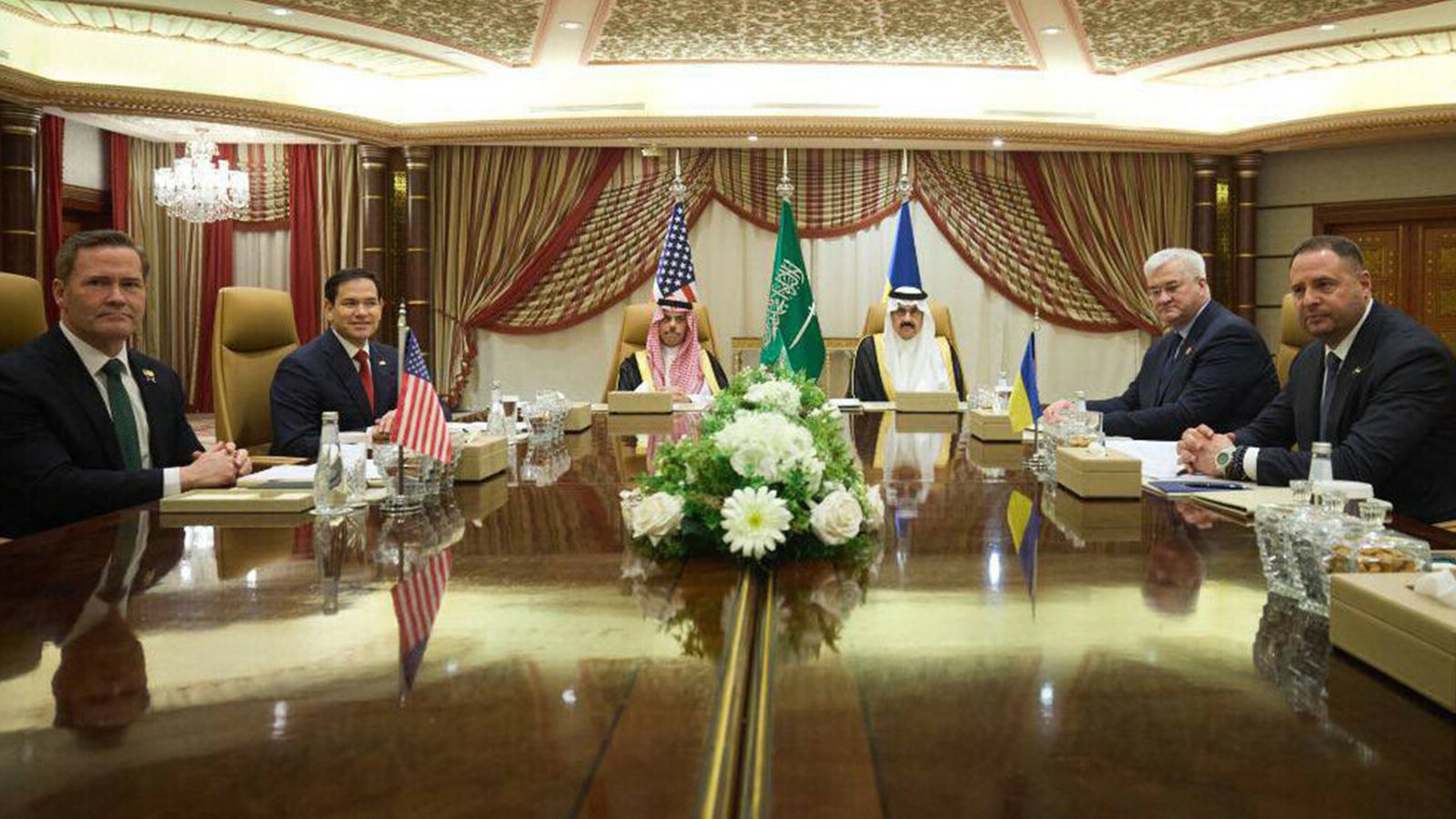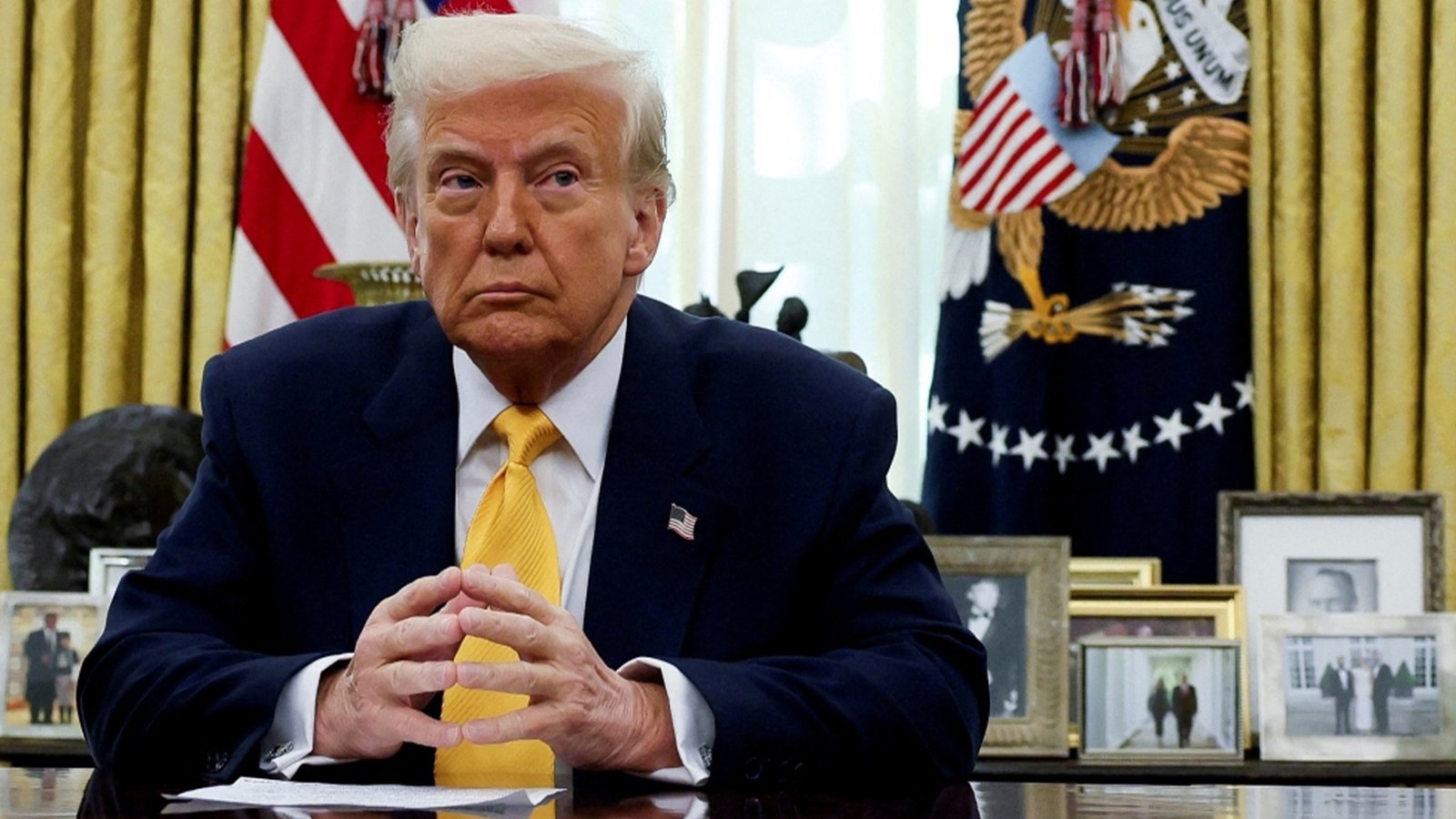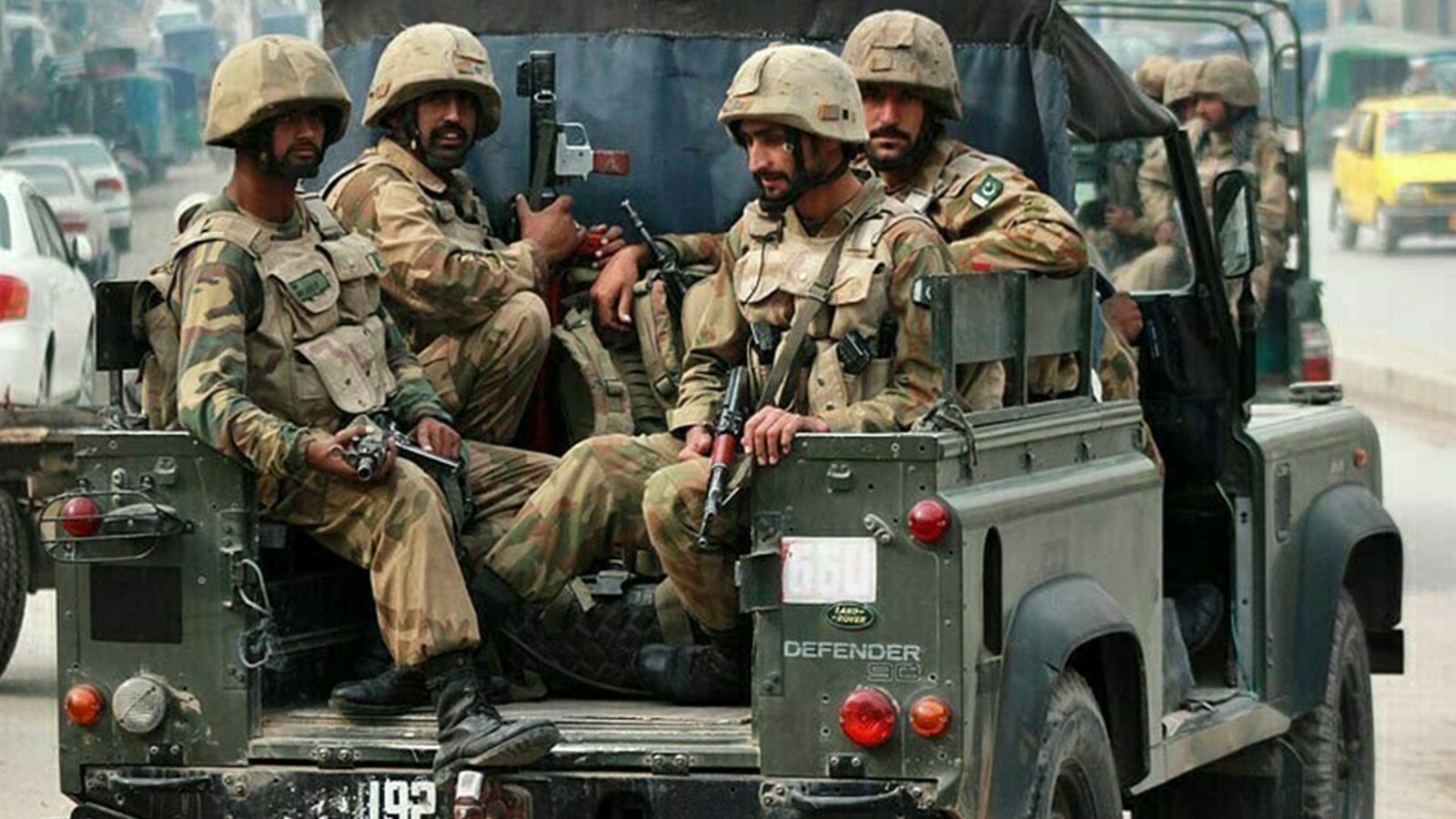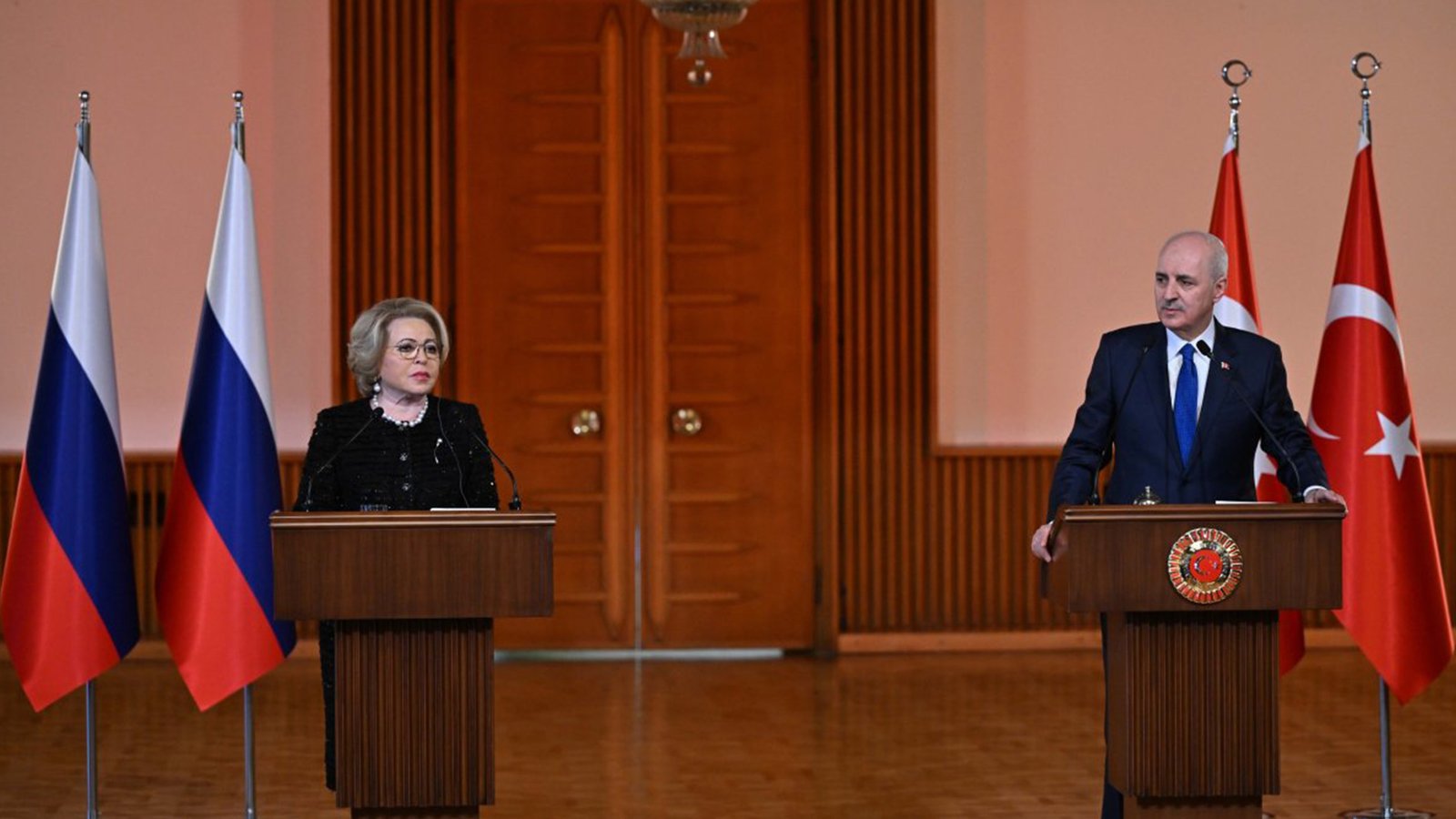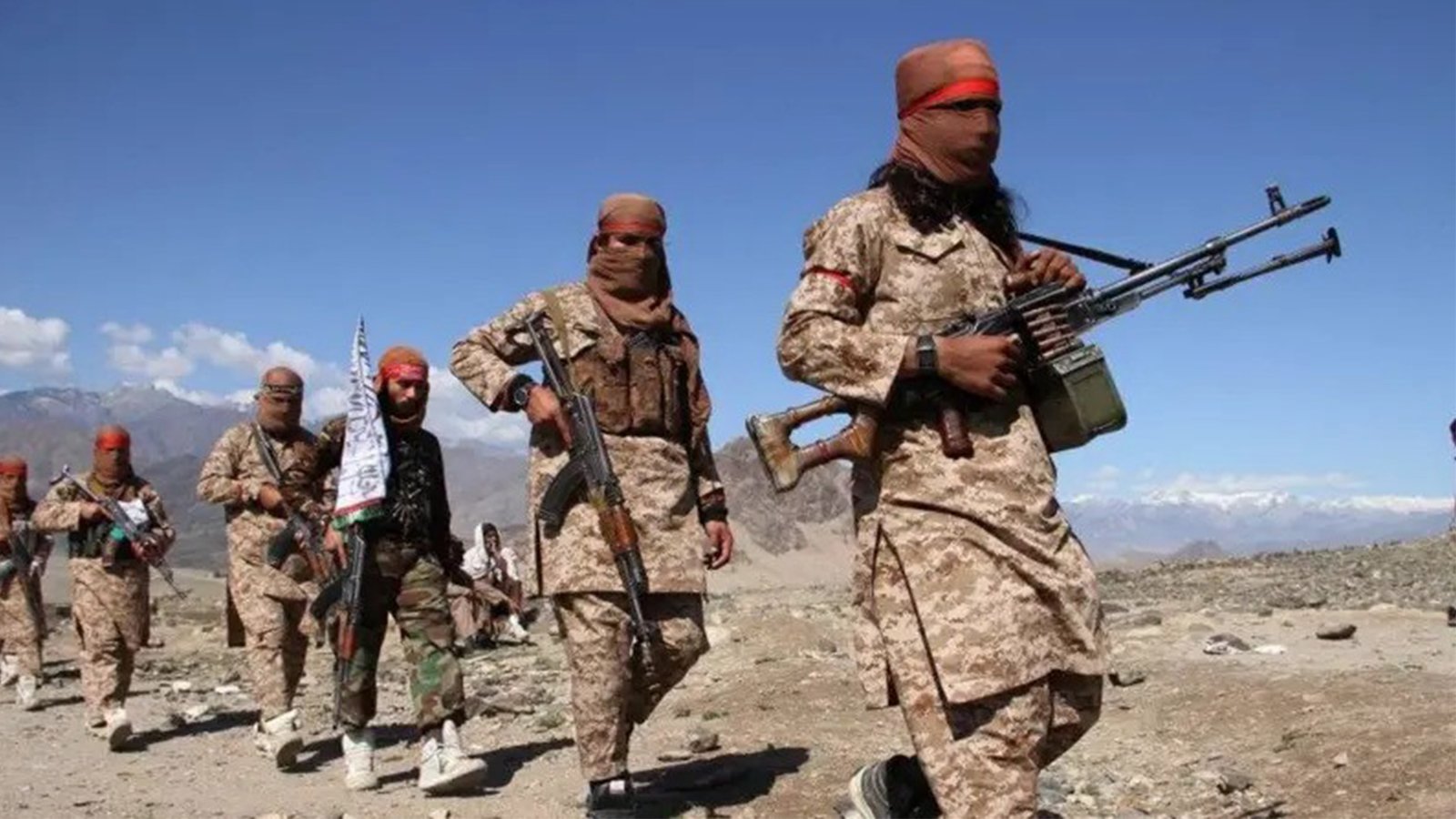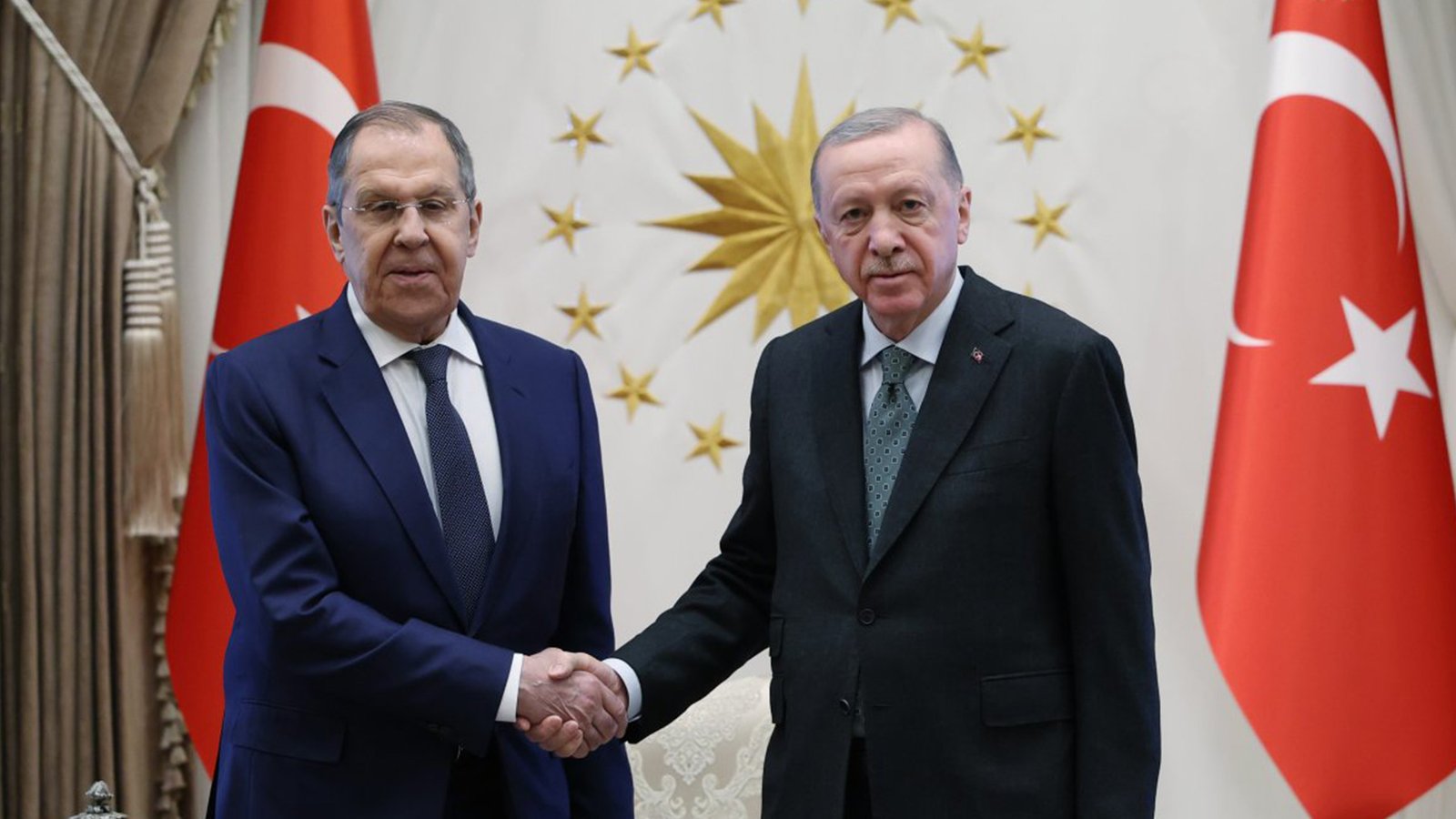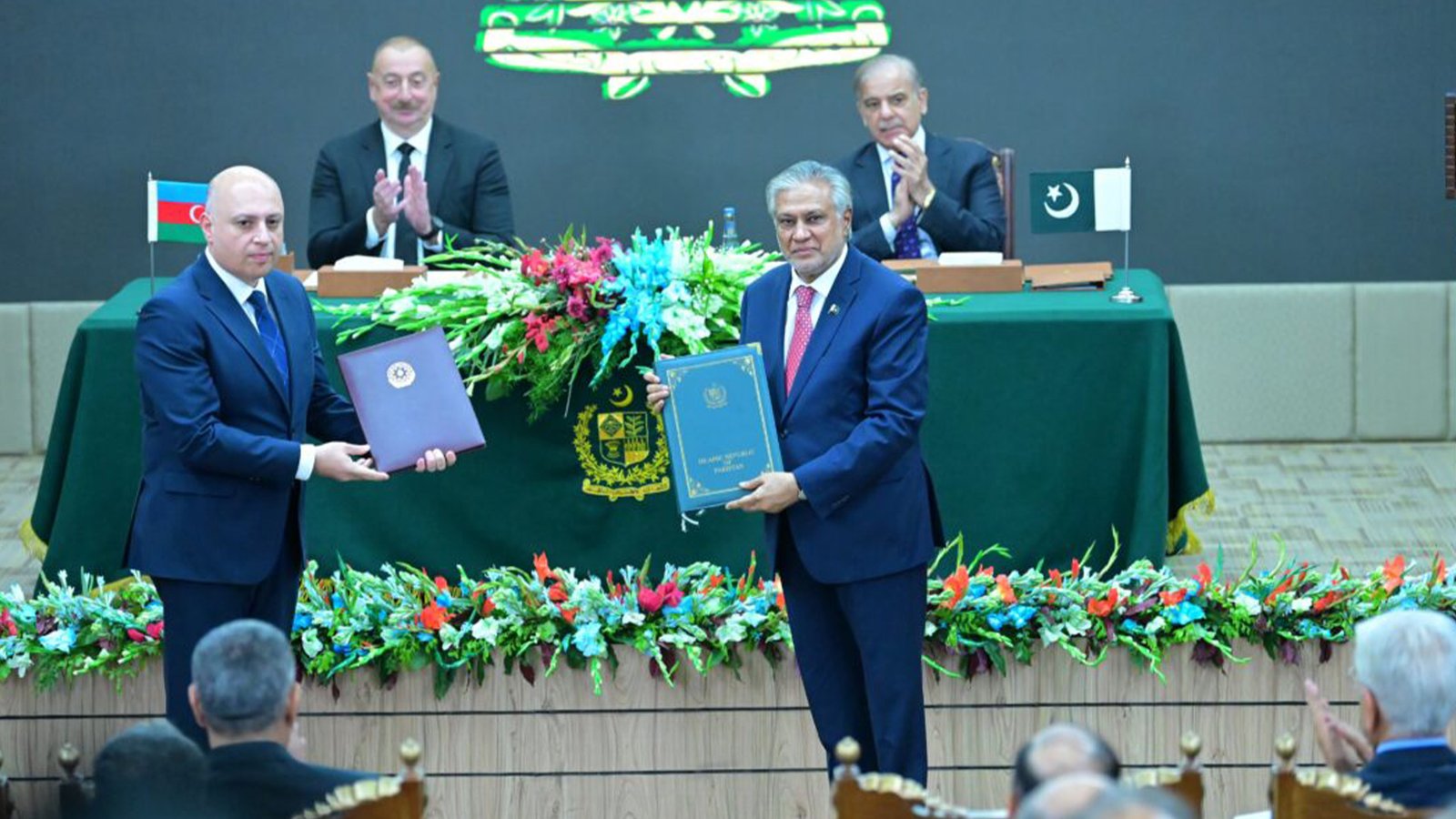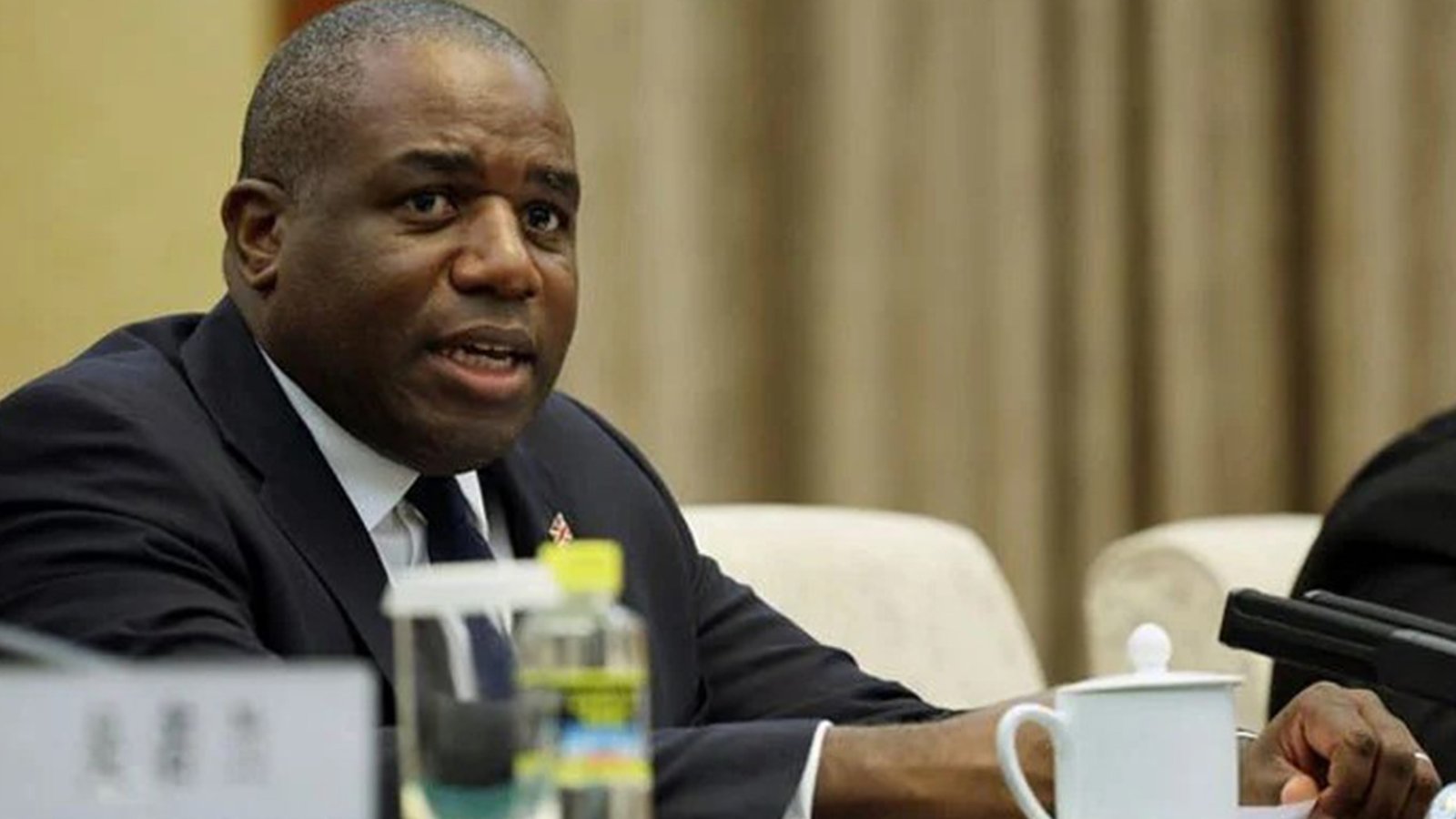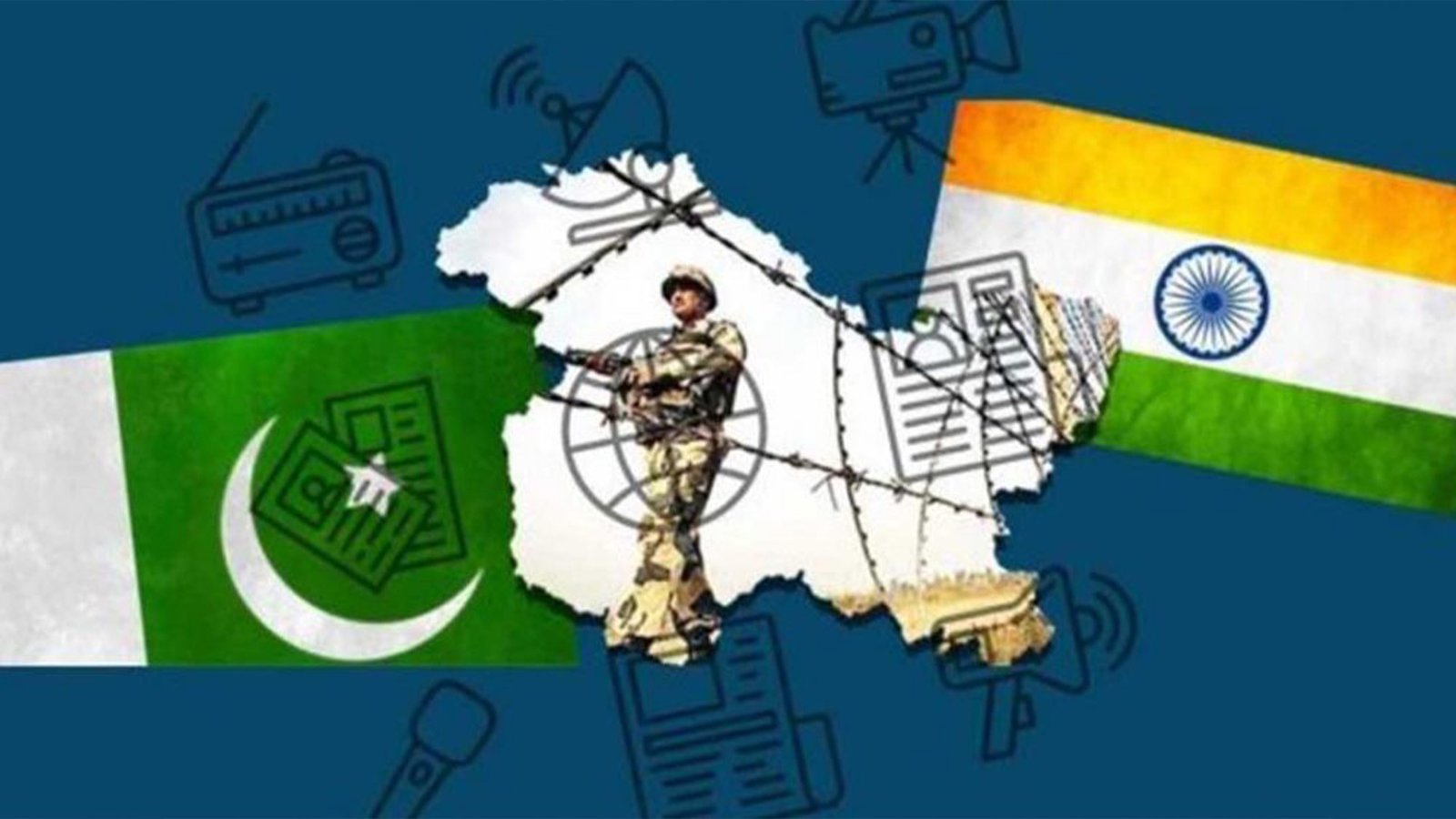A New Era As Pakistan And India Resolve Kashmir
In this series, we explore key geopolitical scenarios and their impact on the world and Pakistan’s future. Beginning with Donald Trump’s return and his policy to isolate China, we analyze shifting alliances, conflicts, and economic changes. In the next scenario, we will explore the highly unlikely yet transformative possibility of A New Era As Pakistan And India Resolve Kashmir and fostering a cooperative relationship. Such a development would mark a historic shift in South Asian geopolitics, setting the stage for peace and prosperity in the region.
While improbable due to long-standing hostilities, this scenario envisions a future where both nations overcome their differences, leading to profound implications for regional stability, global power dynamics, and Pakistan’s role as a bridge between South and Central Asia. We will examine how this new relationship would impact the world, China, the US, and Central Asia.
In this highly unlikely but transformative scenario, Pakistan and India resolve the Kashmir dispute, ushering in a new era of peace and cooperation between the two nuclear-armed neighbors. Indian intelligentsia, often a key driver of public and policy opinion, accepts Pakistan as a legitimate and valued partner, fostering trust and collaboration. This seismic shift in South Asian geopolitics would have profound implications for both nations, the region, and global power dynamics.
Implications for the World
A peaceful and cooperative relationship between Pakistan and India would drastically reduce the risk of nuclear confrontation in South Asia, alleviating a key global security concern. The resolution of the Kashmir issue would also set a precedent for conflict resolution through diplomacy, providing a model for other long-standing disputes worldwide. This new stability could unlock the potential of the South Asian Association for Regional Cooperation (SAARC), allowing it to emerge as a significant economic and political bloc akin to ASEAN or the EU.
The geopolitical balance, however, would shift. The US and Western powers, historically mediators and beneficiaries of South Asian divisions, would lose leverage in the region. Conversely, regional integration could reduce dependence on external powers, fostering a multipolar world order with greater South Asian agency.
Implications for Pakistan
For Pakistan, peace with India would bring immense economic and social benefits. Military spending, which constitutes a significant portion of Pakistan’s budget, could be redirected towards education, health, and infrastructure. Trade with India, a vast market of 1.4 billion people, would boost Pakistan’s economy and create opportunities for joint ventures in agriculture, technology, and industry.
Politically, a stable relationship with India would reduce external pressures, allowing Pakistan to focus on its internal development and regional connectivity projects like CPEC. Culturally, people-to-people exchanges would foster mutual understanding, helping Pakistan redefine its identity as a progressive and economically thriving nation.
Implications for India
India would benefit significantly from reduced border tensions, allowing it to focus on economic growth and global ambitions. Defense savings could be channeled into infrastructure and technological advancements, accelerating India’s rise as a global economic power. A cooperative Pakistan would also provide India with easier access to Central Asia, boosting its energy security through projects like the TAPI pipeline.
Domestically, peace with Pakistan could ease communal tensions, bolstering India’s image as a pluralistic and inclusive democracy. This would strengthen its soft power globally and improve its standing as a potential permanent member of the UN Security Council.
Implications for China
China’s position in the region would be complicated. While a peaceful Pakistan-India relationship could stabilize its CPEC projects and ensure smoother trade routes, it might also reduce Beijing’s strategic leverage over Pakistan. A united South Asia could dilute China’s dominance in the region, as India and Pakistan together could counterbalance Chinese influence in Central and South Asia. However, China might benefit economically from increased regional connectivity and trade opportunities.
Implications for the US and the West
For the US and Western powers, a peaceful South Asia would require a rethinking of their strategy in the region. The US, which has often leveraged Pakistan-India tensions to maintain influence, might lose a key foothold in South Asia. Conversely, stability could open new opportunities for trade and investment, as a peaceful region becomes more attractive for Western businesses.
The EU and other Western nations could benefit from increased regional trade, including access to Central Asia through a more integrated South Asia. However, their role as mediators and strategic partners might diminish as regional autonomy grows.
Implications for Central Asia
A peaceful South Asia would open up new corridors of connectivity to Central Asia, including energy pipelines, trade routes, and infrastructure projects. Central Asian nations could benefit from direct access to South Asian markets, fostering economic growth and reducing their dependence on China and Russia. Projects like CASA-1000 (Central Asia-South Asia power project) would accelerate, linking energy-rich Central Asia with energy-deficient South Asia.
Also read this: Japan’s Potential Shift Towards China or Russia Securing India
The resolution of the Kashmir dispute and a cooperative Pakistan-India relationship would redefine South Asia’s role in global geopolitics. Both nations would unlock their economic potential, benefiting their populations and the broader region. While such a scenario would challenge established global power structures, it would also create opportunities for a more stable and interconnected world. For Pakistan and India, peace would mean prosperity, global recognition, and an enduring legacy of reconciliation that could inspire other conflict-ridden regions.
In the next scenario, we delve into the potential formation of an alliance between Pakistan and the Central Asian states, a move that could redefine regional cooperation and connectivity. This alliance, built on shared economic and strategic interests, could transform Pakistan into a pivotal transit hub for trade and energy. With three sub-scenarios, we will explore how this alliance operates under varying circumstances: India in its current state and Iran neutral, India at peace and Iran neutral, and India unchanged but Iran included in the bloc. Each variation will reveal its distinct global and regional ramifications, as well as opportunities and challenges for Pakistan in this emerging alignment.


